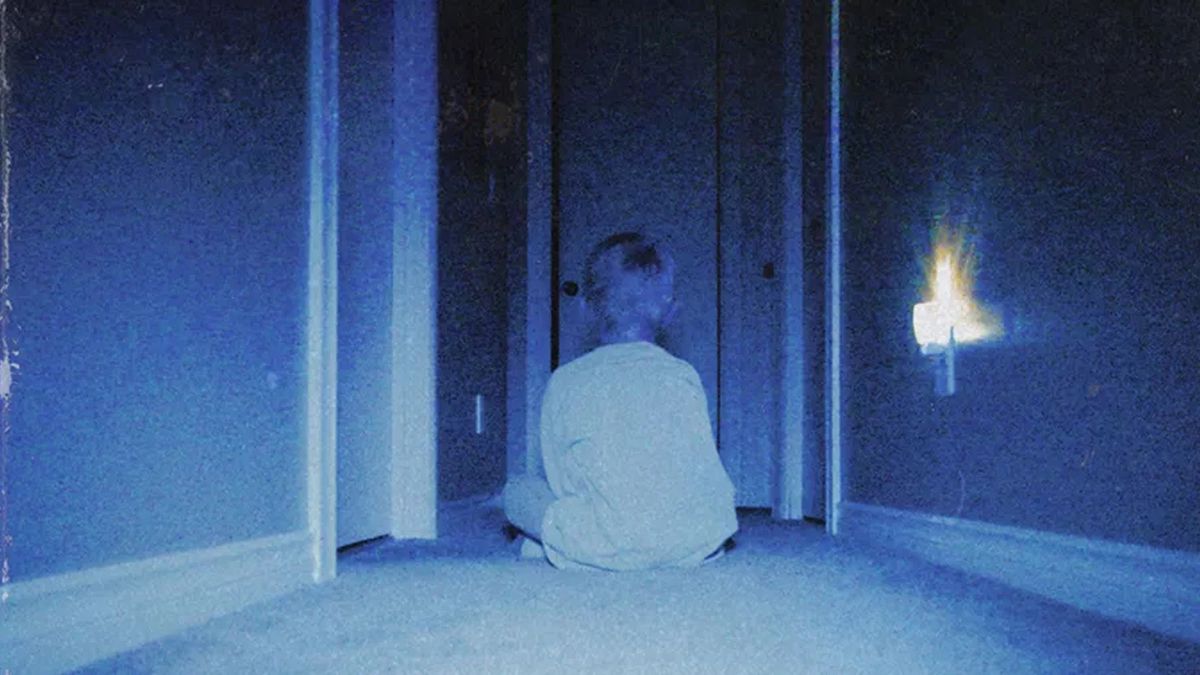By Raymond Tran
Editor in Chief
As Christmas approaches, many are faced with the decision of whether or not to use a real or plastic tree for their holiday decor. Although real trees may be preferable to some, buying an artificial Christmas tree is environmentally beneficial and more cost-efficient. Therefore, one should purchase an artificial tree rather than a real one.
According to the American Christmas Tree Association (ACTA), artificial tree sales more than doubled between 2004 and 2017, while the number of natural trees sold remained stagnant.
Buying a new tree every year can become costly. USA Today reports that, as of 2017, the average price for a farm-grown tree was $75, while the average price for a manufactured tree was $107.
Although a plastic tree may be more expensive initially, reusing the tree for a number of years will make it worth the cost. In contrast, the price of a natural tree will continually increase as one will have to pay the price of a brand-new tree every year.
The average American spends about $700 dollars on gifts during the Holiday season, according to ABC News. This amount is increased when the cost of a Christmas tree is added. Investing in a reusable tree avoids further financial burden.
Moreover, real trees can become fire hazards.
Dr. Philip H. Chang, a pediatric burn surgeon at Shriners Hospitals for Children, told CBS News, “A dry tree can ignite a room in less than a minute and lead to one of the deadliest types of fires that can involve entire families.”
In addition, although some may argue that natural trees are better for the environment, Karen Zariak, writer for the New York Times, explains that reusing a plastic tree ultimately creates a smaller carbon footprint than buying a real tree.
ACTA claims the environmental impact of an artificial tree lowers if that tree is used for five or more years. Purchasing a real tree each year has a bigger impact on greenhouse gas emissions and water use. There is also a possibility the tree will be disposed of in a landfill where it cannot decompose properly, resulting an increased production of methane.
Environmentally friendly options are available for artificial trees, such as ones made with polyethylene instead of PVC, a plastic pollutant. Balsam Hill, a high-end artificial tree company, uses recycled plastic for their produces. Options such as these can decrease the environmental impact of artificial trees while ensuring the cost-efficiency of the purchase.
Artificial trees are a cost-efficient and reusable option during the holiday season. Instead of purchasing a real tree every Christmas, choose to invest in a reusable tree that will bring years of holiday cheer.

